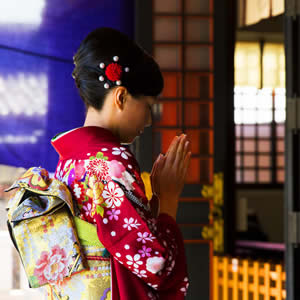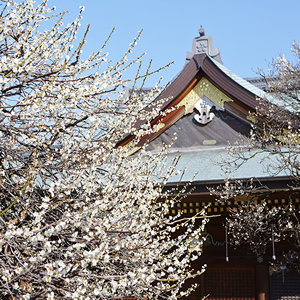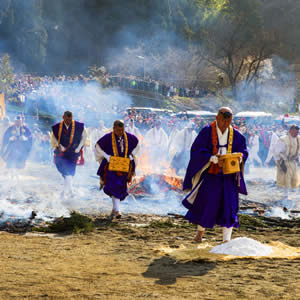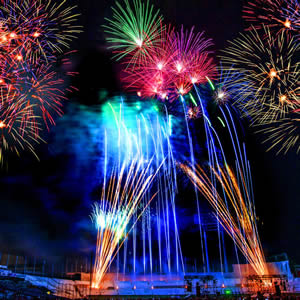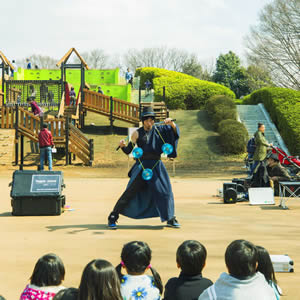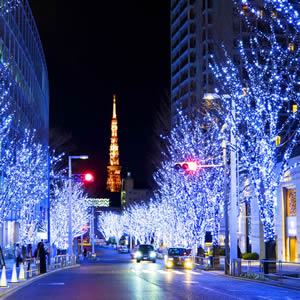
- Share this page
Share this page
- EN
Select Language
- FAVORITES
- Search
Detailed search: You can do a detailed search by keyword, genre, time, area and tag.
Main content starts here.
- Visit Tokyo |
- CALENDAR |
- Best Things to Do and See in Tokyo in February
Updated: October 17, 2025
Best Things to Do and See in Tokyo in February
Is February a good time to visit Tokyo?
February is packed with special events, including traditional festivals and ceremonies. In early February, you might even catch the tail end of some evening winter light-up displays around the city. February is also plum blossom season. Though cherry blossoms may be more famous, these earlier-blooming plum blossoms shouldn't be missed.
What is the weather like in Tokyo in February?
February weather in Tokyo is perfect for sightseers. The temperature reaches highs of 12.5ºC (54.1°F) and lows of 4.1ºC (39.4°F), with an average daytime temperature of around 8.0ºC (46.4°F). With an average rainfall of about 78.5 millimeters, there are low levels of precipitation and a balance of sunny and cloudy days. While it's still cold, snow falls only rarely. Wondering what to wear? Layered clothing is a good idea, as is a sturdy pair of shoes for enjoying the city on foot.
Note: This guidance is based on meteorological data for 2024.
Best events, festivals, and other things to do in February
Setsubun
Held at the beginning of February, Setsubun marks the start of spring in Japan. It's a traditional custom that is still observed by many, either at home or at gatherings at shrines and temples.
The meaning behind the event is to welcome good fortune in the coming spring. If you'd like to see Setsubun for yourself, check out the festivals held at Okunitama-jinja Shrine, Sensoji Temple, or Zojoji Temple.
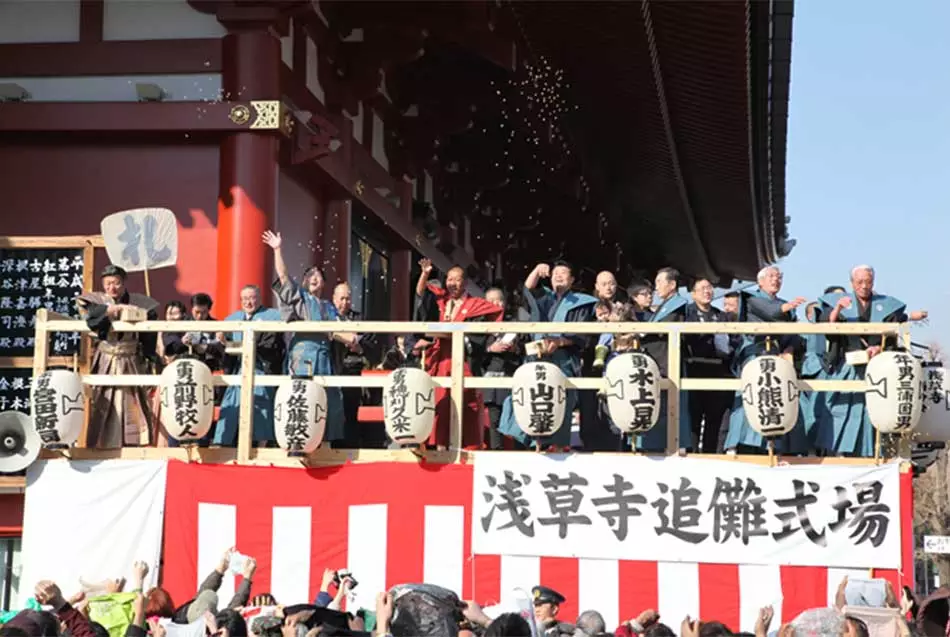
ⓒsenso-ji
Hatsuuma-sai (First Day of the Horse)
There are twelve animals in the East Asian zodiac, one of which is the horse. Each day of the year is assigned a zodiac animal in order, starting from January 1. On February's first "horse" day, people gather at Inari shrines across Japan to pray for good harvests in a celebration known as Hatsuuma-sai, or the First Day of the Horse. In Tokyo, you can take part in this celebration at Mabashi Inari Shrine. Festivities include traditional ceremonies and music, as well as mochi-making.
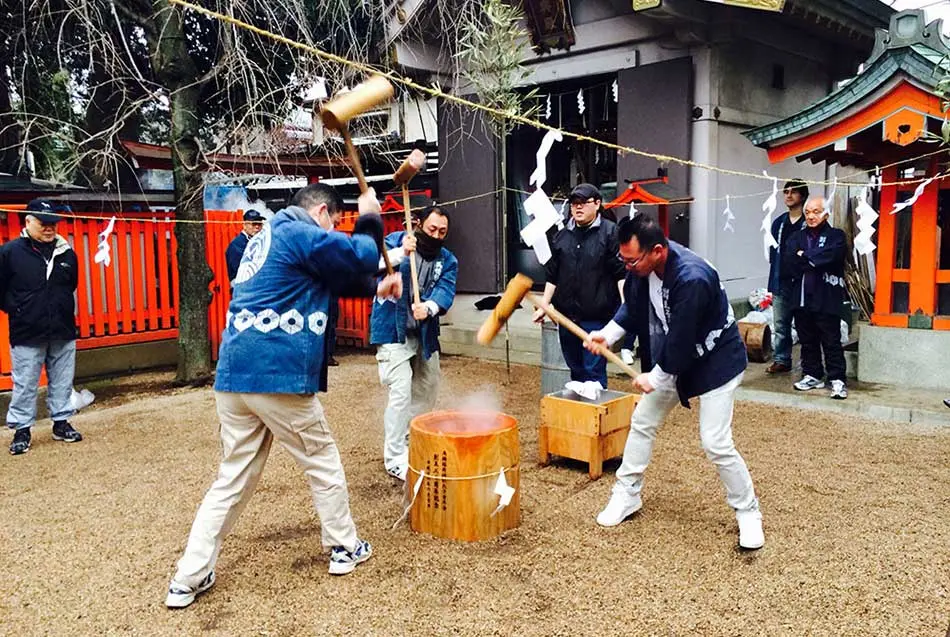
Kite Market
Oji Inari Shrine has hosted a "kite market" since the Edo period (1603-1867). At that time, Tokyo experienced frequent and devastating outbreaks of fire. Kites were known as "fire-preventing kites" because they cut through the wind that causes fires. Oji Inari Shrine's kite market originally sold these kites as fire-repelling charms.
The market is held in February, on dates designated as "days of the horse" by the lunar calendar. It's an event where traditional beliefs are passed on.
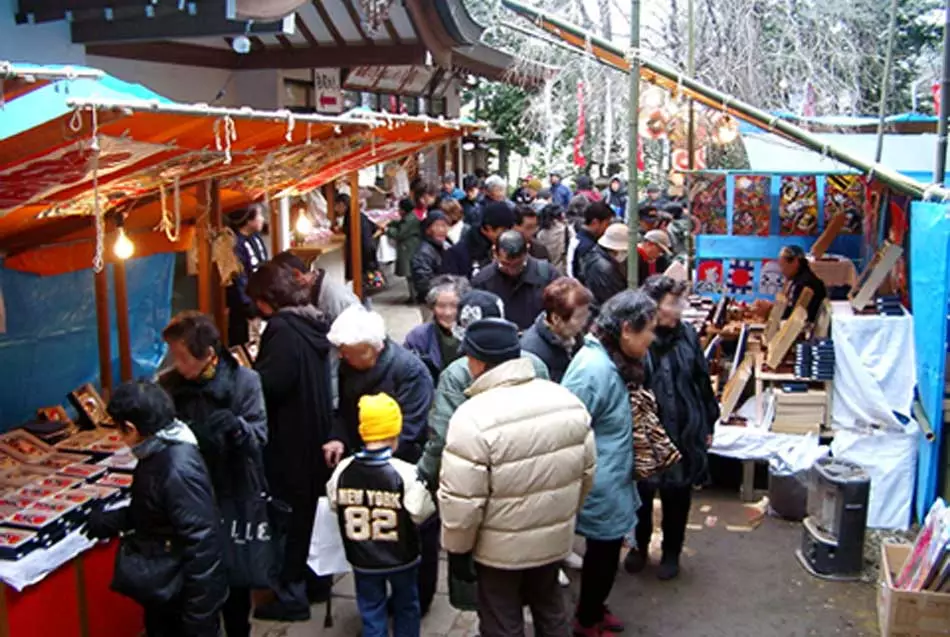
Kasai Rinkai Park Daffodil Festival
Kasai Rinkai Park boasts great views of Tokyo Bay and sometimes Mt. Fuji. It's made even more scenic by the narcissus blooms each February. This daffodil festival is the largest of its kind in Tokyo's public parks.
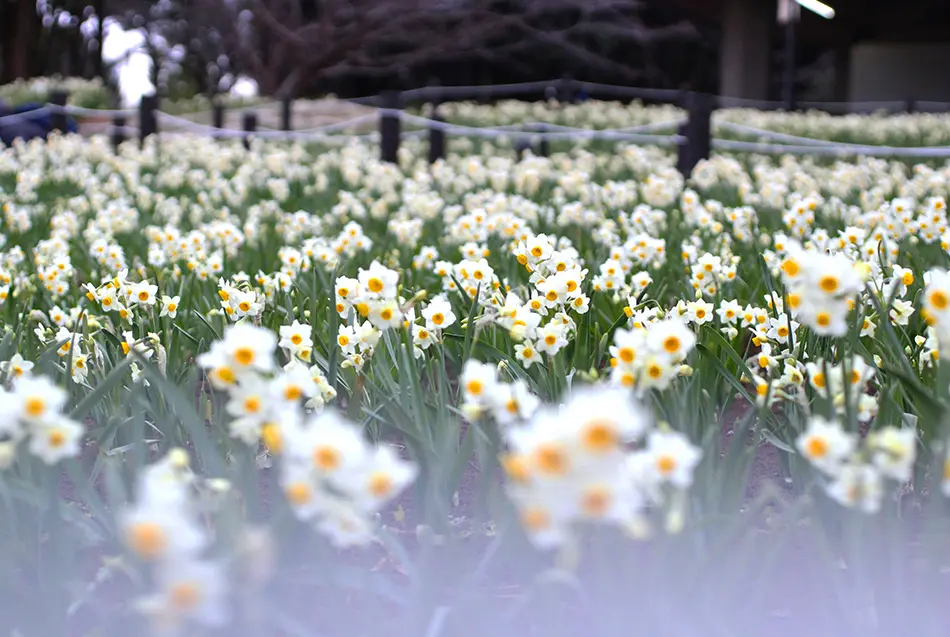
Ume (Plum Blossom) Festivals
In Tokyo, plum blossom season begins in early February. These blossoms can range in color from pale pink to a pinkish cherry red. To celebrate this symbol of spring, plum blossom festivals are held all over the city. The best-known examples include the Setagaya Ume (Plum Blossom) Festival, Bunkyo Ume Matsuri (Plum Festival), and Kyodonomori Park Plum Festival.
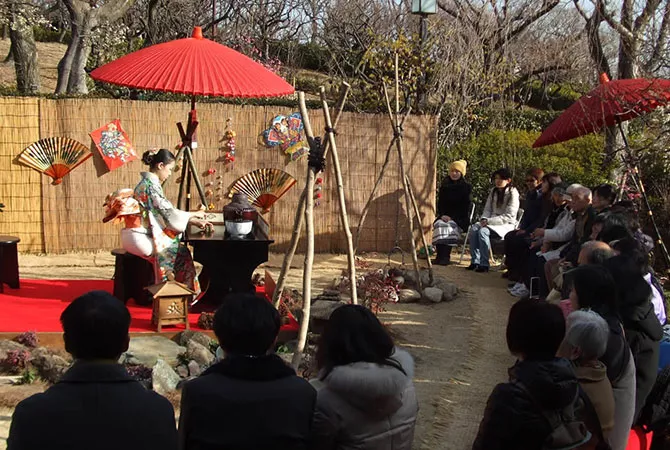 Setagaya Ume (Plum Blossom) Festival
Setagaya Ume (Plum Blossom) Festival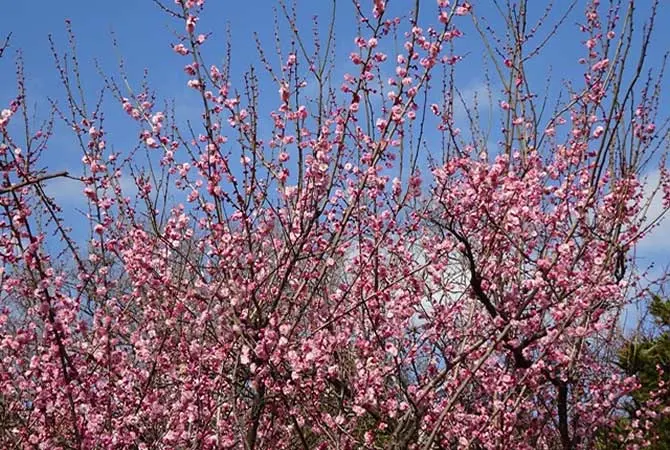 Setagaya Ume (Plum Blossom) Festival
Setagaya Ume (Plum Blossom) Festival
Valentine's Day
In Japan, people give chocolate on Valentine's Day to express romantic interest. Some people also give chocolate to friends or colleagues as a token of gratitude. Others celebrate themselves by buying gourmet chocolate. Different people show different feelings depending on who they're giving a gift.
Try visiting a department store to look for a special treat. During the weeks leading up to Valentine's Day, many stores offer beautiful displays of chocolates from around the world. You're sure to find some that are to your liking.
Ohme 30 & 10 km Road Race
Since 1967, the Ohme Road Race has blazed a trail by allowing anyone to participate as a runner. Each February, the race is brimming with energy. Long-distance enthusiasts gather from across Japan to run alongside each other. They're divided into a 30-km group and 10-km group to engage in fierce competition. Spectators can enjoy this gripping race up close.
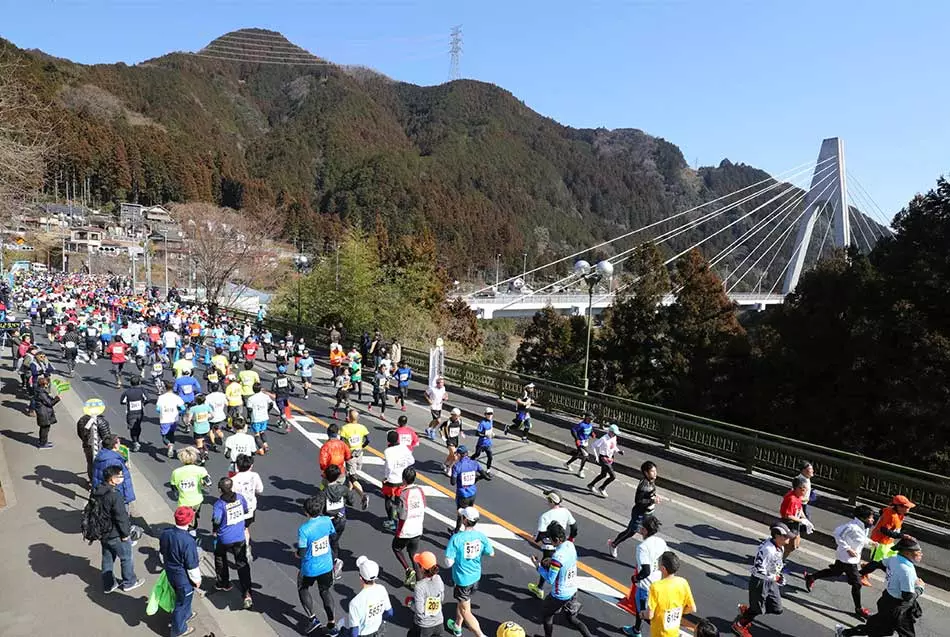
Photo courtesy of The Hochi Shimbun
